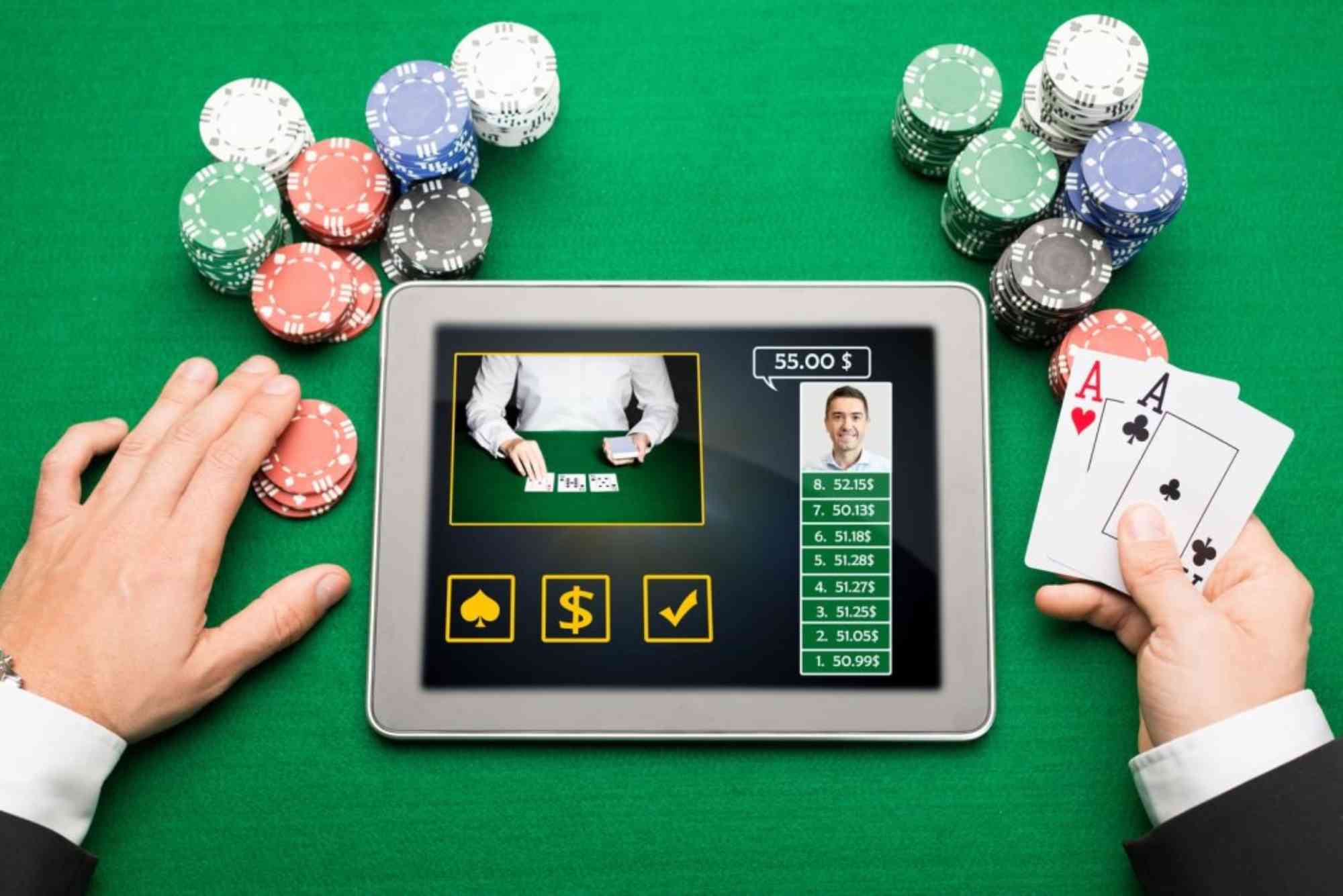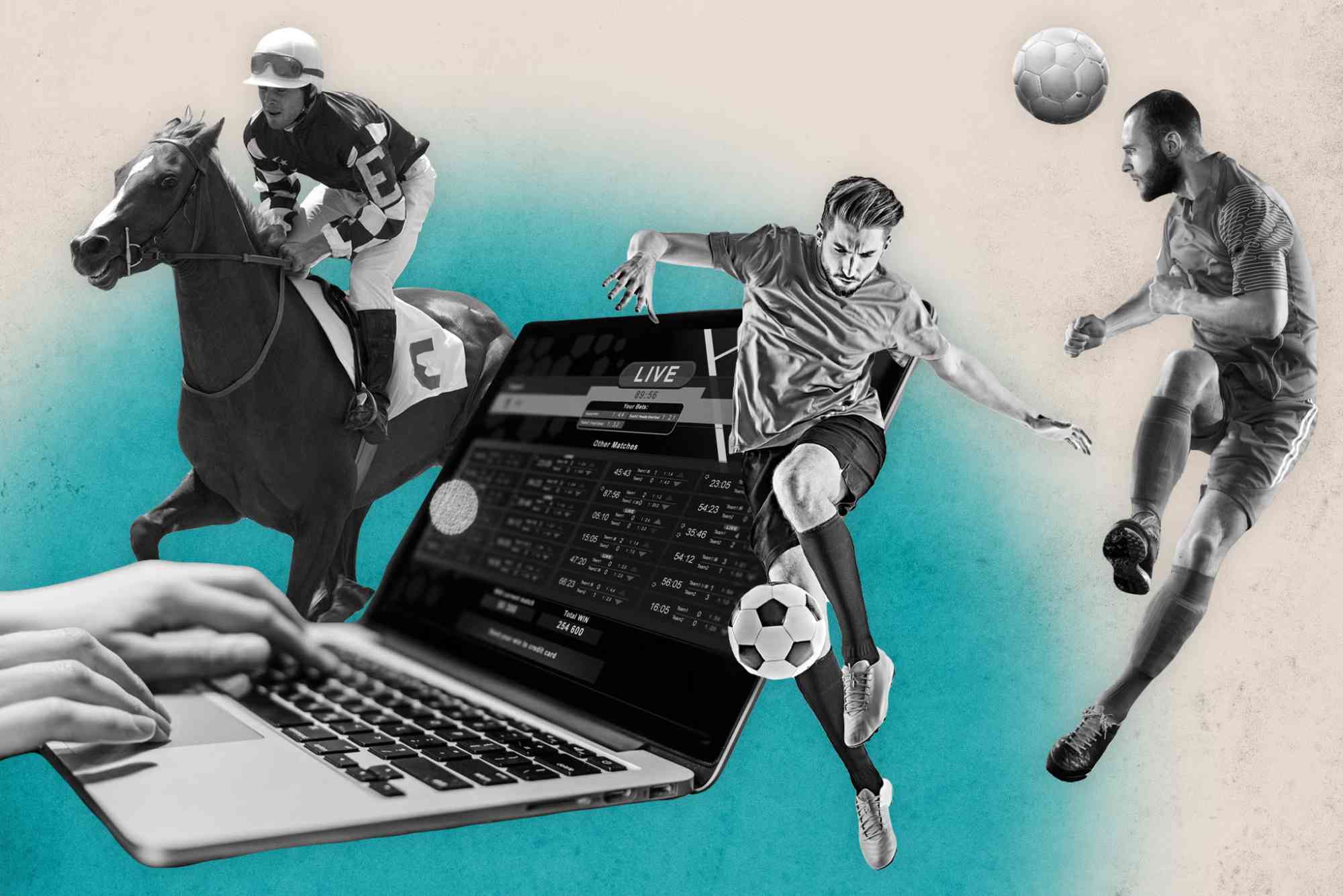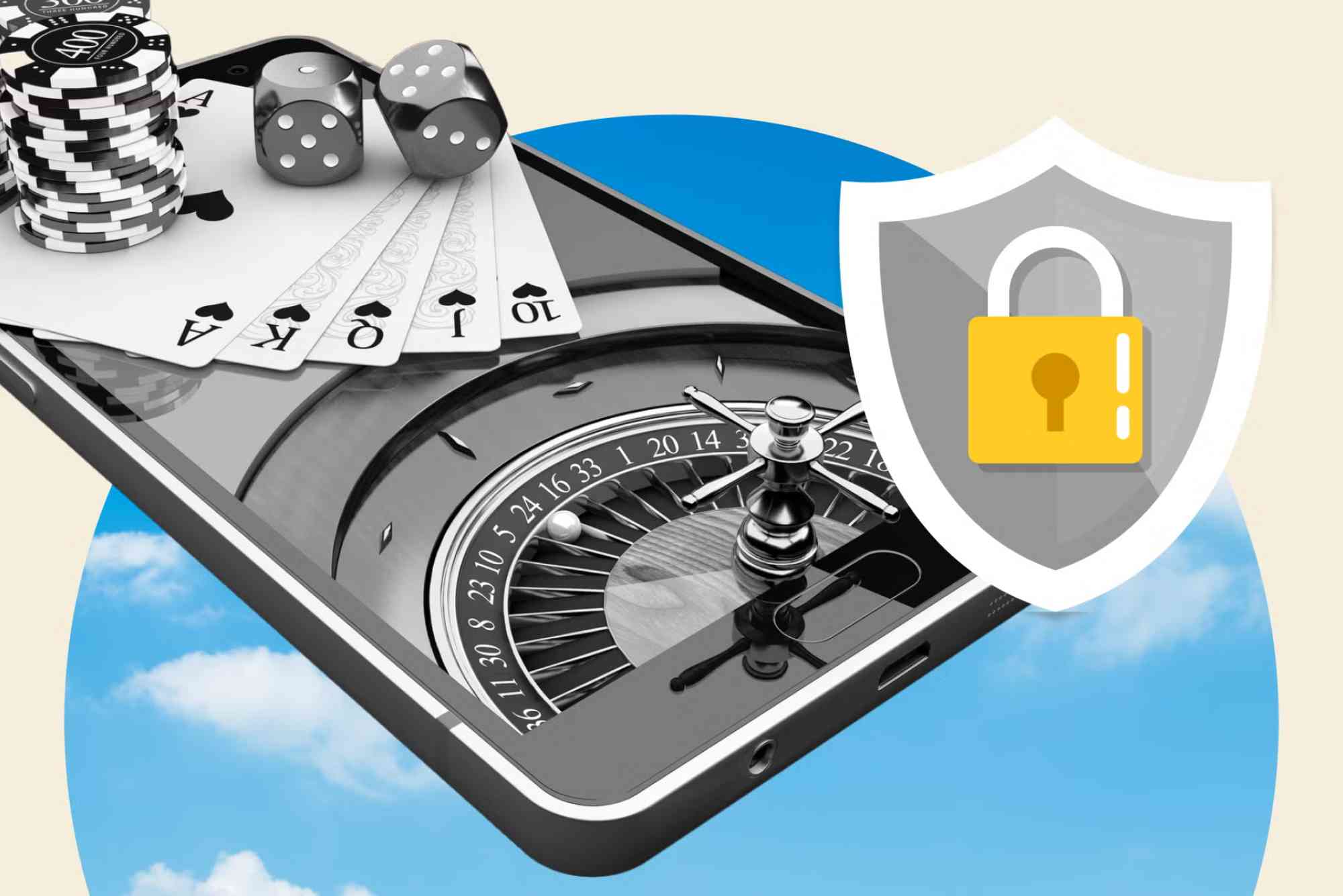Poker has always been more than just a card game. It’s about the tension in the room, the subtle tells on an opponent’s face, the sound of chips stacking, and the camaraderie that comes with a live table. Over the last two decades, the game has evolved from smoky back rooms to glamorous casinos, then onto online platforms, and now into virtual reality. The rise of VR poker is stirring debate among players and industry observers alike: could it ever replace the traditional poker table experience?
The question isn’t just about technology; it’s about human psychology, convenience, and the irreplaceable nuances of live interaction. Having followed poker’s digital journey closely, I believe there’s both promise and limitations to VR poker, and the balance between them is what determines the future of this fascinating game.
The Immersive Edge of VR Poker
Virtual reality poker offers a unique proposition: stepping into a digital casino where you can look around, see avatars of other players, and handle chips and cards with hand controllers. Unlike conventional online poker, VR tries to replicate the sensory aspects of being at a real table. You can “read” opponents by how their avatars move, hear virtual shuffles, and even engage in casual conversation.
For players who can’t always access a live casino, VR offers a middle ground between sterile online gameplay and real-world poker. The immersive environment reduces the monotony of staring at a flat screen. In fact, many enthusiasts argue that VR feels closer to the traditional table than standard online poker ever did.
The Social Element and What’s Missing
Poker is deeply social. Reading body language, feeling the pressure of the crowd, and even sharing jokes at the table are integral to the experience. While VR allows for some degree of social interaction, it’s inherently limited by technology. Facial expressions, micro-tells, and the natural rhythm of live conversation are either missing or poorly translated into digital avatars.
Players accustomed to live casinos often say that VR poker still feels like a simulation rather than a lived moment. Yes, you can bluff in VR, but without the subtle cues that define poker psychology, the game risks losing some of its magic. Until VR can replicate the fine details of human behavior, traditional tables will retain their edge.
The Convenience Factor
Convenience, however, is where VR shines. You don’t need to book a trip to Las Vegas, dress up, or even leave your living room. A headset and stable internet connection are enough. For many, this accessibility is a game-changer. It mirrors the broader trend in gambling where people prioritize speed and comfort—look at how the demand for the Fastest Payout Casino Sites has grown in recent years. Players value quick access to winnings just as much as they value quick access to games. VR poker fits neatly into that culture of immediacy.
Realism vs. Practicality
The realism of a traditional poker table is hard to replicate. The weight of real chips, the smell of a casino floor, the intensity of a dealer’s stare—these are experiences VR cannot yet provide. But VR isn’t necessarily trying to copy every detail. Its appeal lies in practicality. For many players, the trade-off of losing tactile sensations is worth it if they can play a high-stakes game without travel expenses or time commitments.
Much like how online banking replaced standing in queues, VR poker could carve out a permanent niche by providing an option that’s “good enough” for the majority of casual and semi-serious players. Hardcore professionals, though, will likely continue to gravitate toward live tables where the stakes feel more tangible.
The Cost Barrier and Adoption Curve
One of the hurdles VR poker faces is adoption. Not everyone owns a VR headset, and quality models can be expensive. Unlike online poker, which only required a computer or smartphone, VR demands an upfront investment. This limits its player pool. For VR poker to become mainstream, either headset prices must fall significantly, or casinos and platforms must create compelling reasons for players to invest.
Another challenge is motion sickness and physical strain. Extended play sessions in VR aren’t always comfortable. While technology is improving, it still isn’t effortless enough to mimic the natural ease of sitting at a table with friends.
Hybrid Models: The Best of Both Worlds
The future of poker may not be a zero-sum game between VR and traditional tables. Instead, hybrid models could emerge. Imagine live casinos streaming real tables into VR environments, allowing remote players to “sit” alongside those physically present. Or casinos might host exclusive VR tournaments that blend digital convenience with live dealer interactions.
These innovations would allow poker to expand its audience while preserving the authenticity of traditional gameplay. Instead of replacing live poker, VR could complement it, catering to different demographics and lifestyles.
Human Connection Will Always Matter
Ultimately, poker isn’t just about the cards; it’s about people. The thrill of calling a bluff, the nervous tapping of chips, and the sudden silence when a river card flips—these are experiences rooted in human presence. While VR poker can simulate some of this, it can’t yet replicate the depth of human connection that comes with sitting around a real table.
For seasoned players, poker will always mean the tactile world of felt tables and real chips. For new generations raised in digital ecosystems, VR poker might feel natural and sufficient. The two will coexist, much like online and retail casinos coexist today.
Conclusion: Replacement or Reinvention?
So, can virtual reality poker ever replace traditional tables? In my view, replacement isn’t the right word. VR poker is more likely to reinvent how we approach the game rather than erase its traditional form. Just as online poker didn’t kill live poker but expanded its reach, VR poker will open new doors without shutting old ones.
The poker table—physical or virtual—will continue to evolve. What remains constant is the game’s spirit: strategy, psychology, and the thrill of risk and reward. Whether you’re stacking chips under bright casino lights or clicking virtual ones in your living room, the essence of poker endures.




